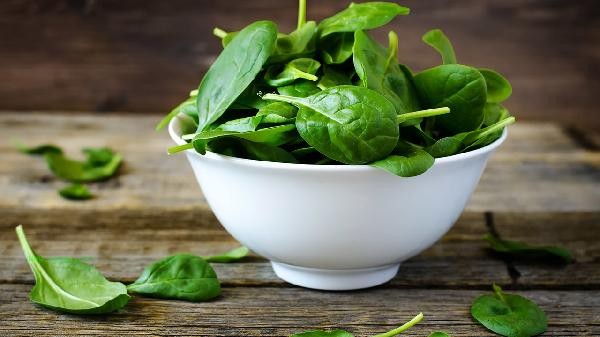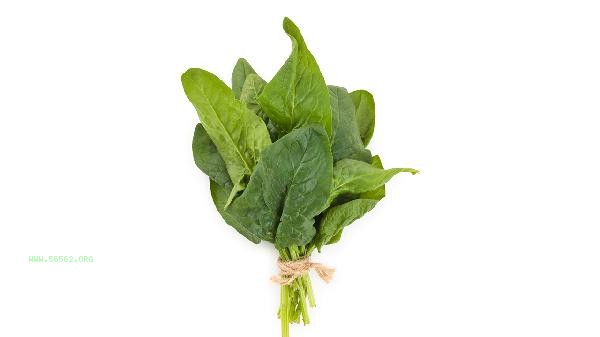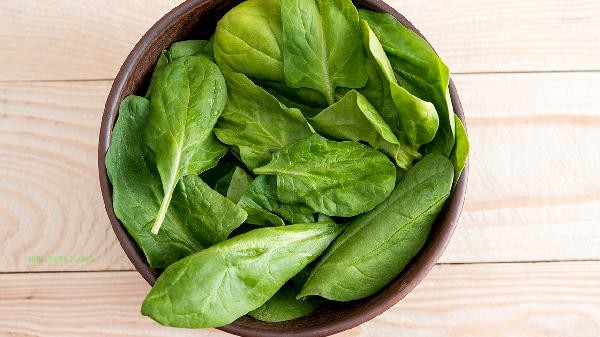Spinach staining usually appears green or blue-green, mainly related to chlorophyll and natural pigments. Factors such as spinach variety, processing method, and acid-base environment can affect the specific color rendering effect. Spinach contains abundant chlorophyll, which is the main reason for its green appearance. After fresh spinach is juiced or mashed, the juice is usually dark green and may leave light green marks when in contact with fabric or skin. Some varieties of spinach have slight differences in chlorophyll structure, which may present a more vibrant emerald green color in alkaline environments, while under acidic conditions it may lean towards a yellow green color. During the cooking process, high temperatures may lead to chlorophyll decomposition, which weakens the dyeing effect.

Some spinach contains a small amount of anthocyanins, which may appear blue purple under specific acid-base conditions. When spinach comes into contact with iron containing vessels, the magnesium ions in chlorophyll may be replaced by iron ions, forming pheophylline, and the staining will appear olive green or brownish green. After concentration treatment, the spinach pigment extracted from industry will have a darker and more stable color than natural juice, and is commonly used for food coloring.

After daily contact with spinach staining, it is recommended to rinse with clean water in a timely manner to avoid pigment deposition. If you need to remove spinach stains from fabric, you can try scrubbing with salt or treating with oxygen bleach. After consuming spinach, there may be a brief green residue in the mouth, which is a normal phenomenon. Drinking moderate amounts of water can alleviate it. Long term abnormal staining needs to be investigated for possible reactions with other chemicals, and if necessary, professional institutions should be consulted for testing.









Comments (0)
Leave a Comment
No comments yet
Be the first to share your thoughts!